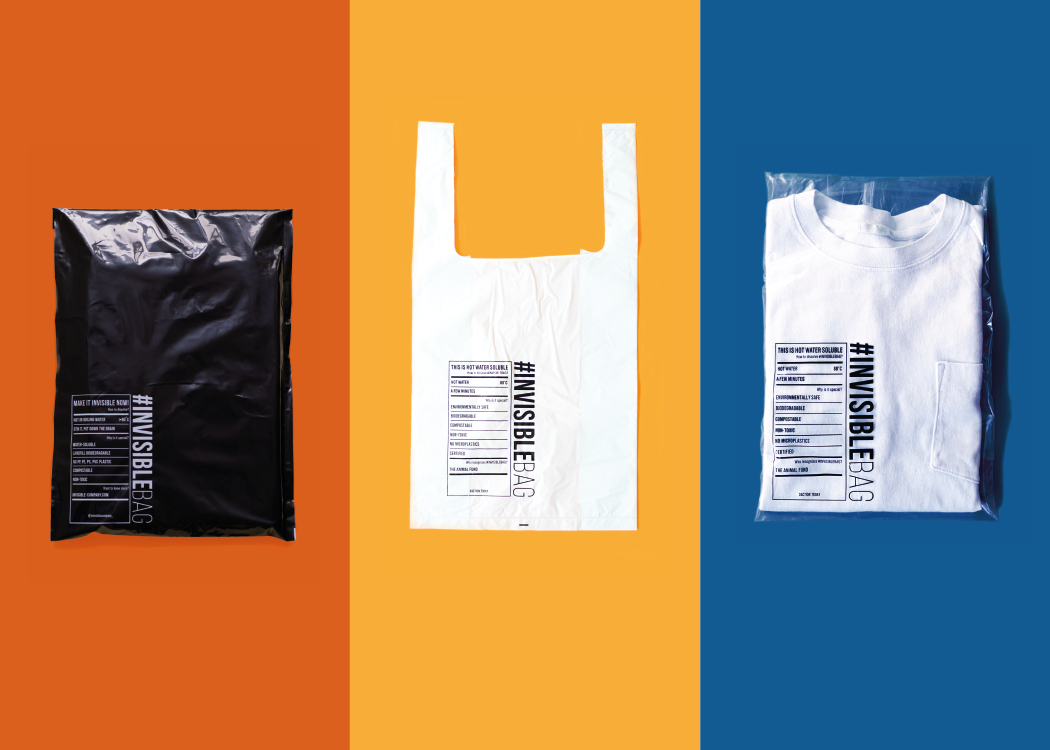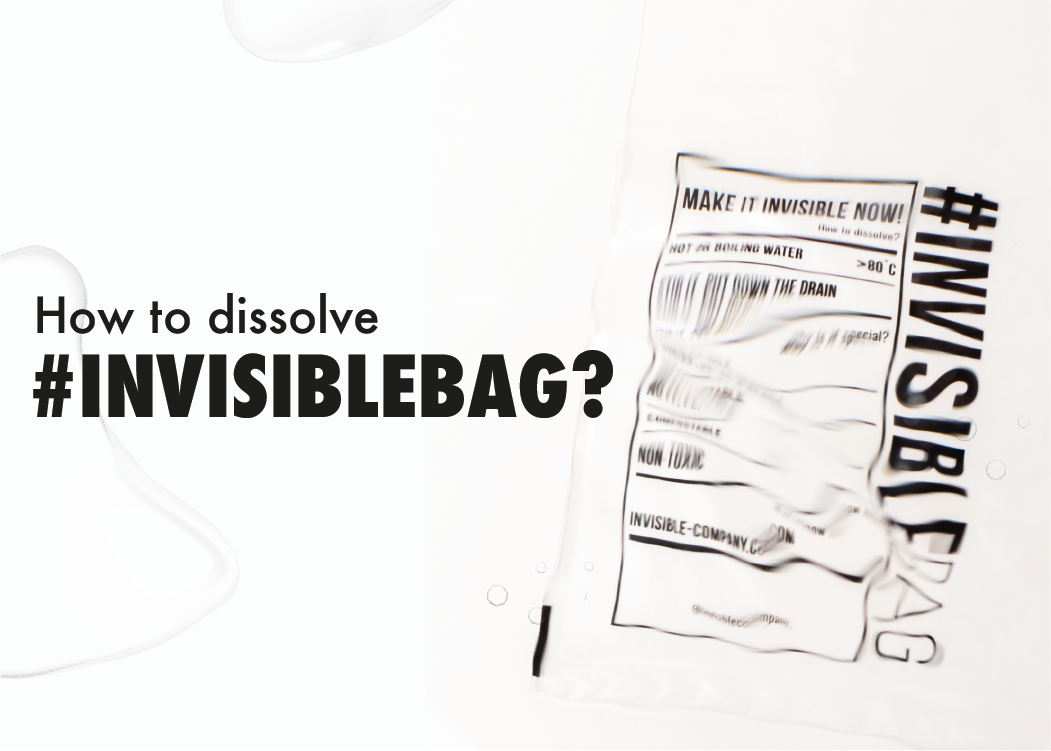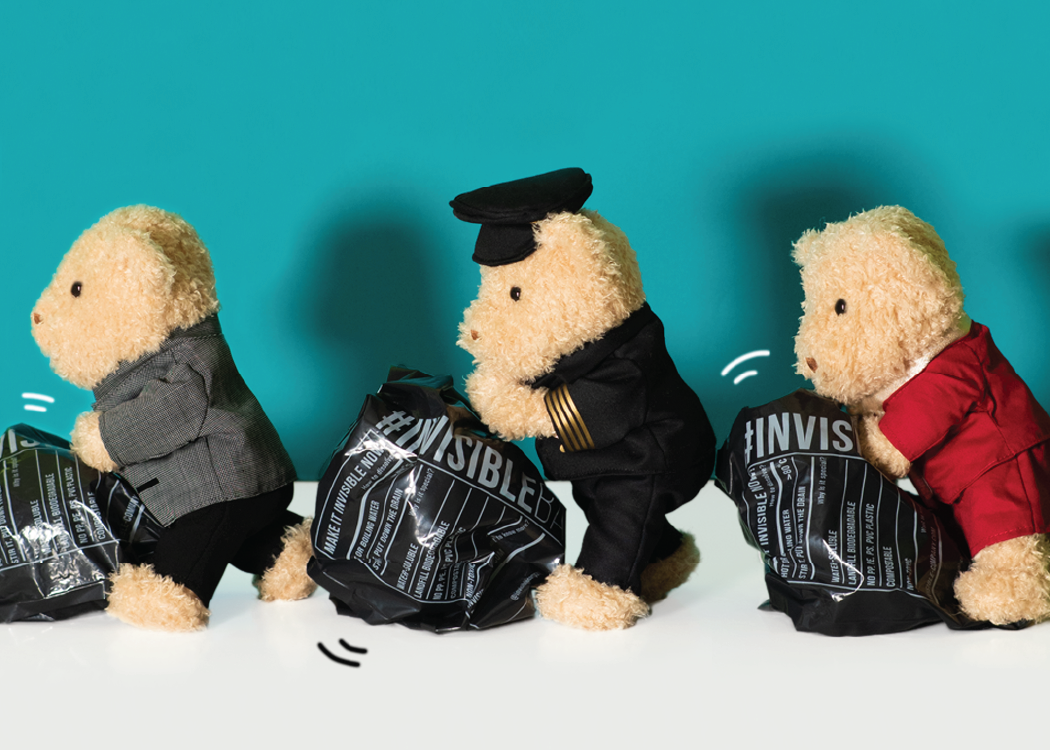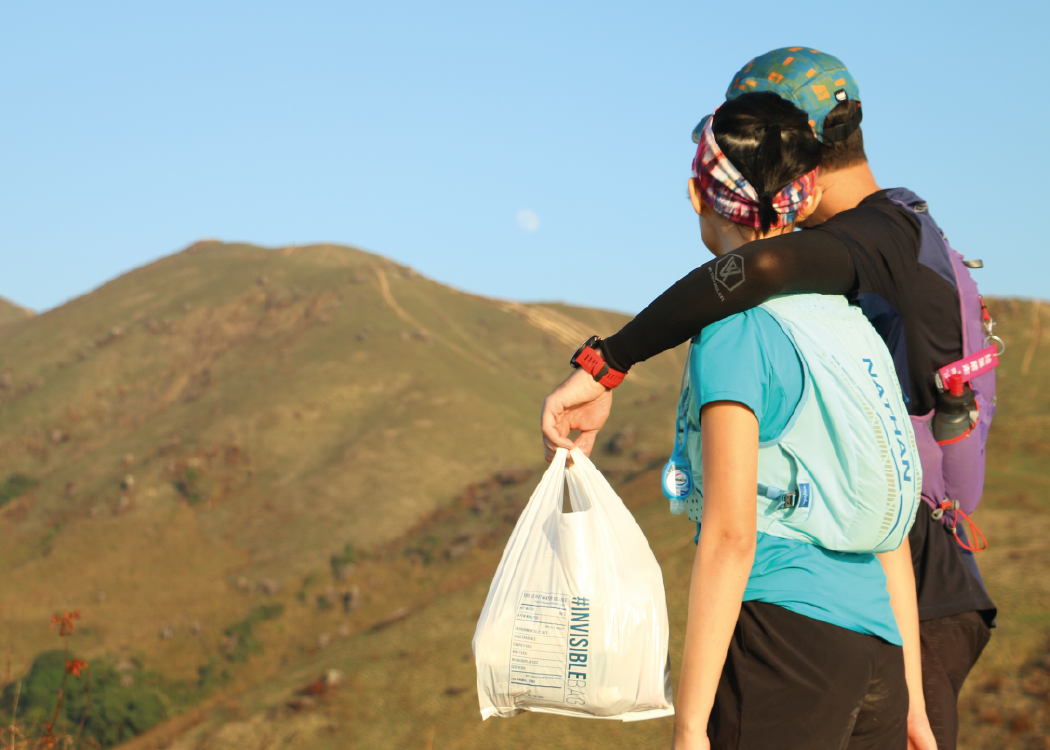
“Due to the mismatch between demand and supply, many luxury and fast fashion brands, often end up sending garments to landfills or incinerating them. If we could divert just 25% of garment waste from landfills, it would have a significant impact.”
1. Can you introduce yourself?
I'm Walden, a modern local kid from Hong Kong. My family used to run a candle factory that shipped products all over the place, so I basically grew up surrounded by factory life.
I was introduced to the climate and supply chain topic during my study in California where I met my co-founder and that’s where we had the idea of starting unspun.
Oh, and on the side, I'm a bit of a marathon enthusiast. Currently training for the Boston Marathon in 2025.

Photo courtesy of unspun
2. What is the Genesis of Unspun?
It wasn’t particularly noble. We wanted to create a movement with a physical product.
At the time, we looked at what Elon Musk achieved with the electrification of vehicles - physical products that people enjoy, and that by using they are creating a change…well at least on the emission side, they make an impact.
For us, the whole concept was like creating a consumer product that could be better for the end consumers while trying to lower the impact of the production process, this was really attractive to me.
It was a lot less thinking about climate change, it was just about how we could deliver a better product and make choices to minimize our environmental impact along the way.
My co-founder, Beth, studied fiber science and fashion design, so much of the design direction came from her, I didn’t have a background in that area.

Photo courtesy of unspun
Knowing unspun was in the making, I joined Lululemon for a year and a half to learn about the apparel business before fully committing to unspun.
Lululemon produces stretchy products, their bread and butter are yoga pants, it’s really stretchy, and they are very successful commercially. However, every season we still discussed fabric and garment preferences and likeability. With a supply chain that spans 18 months, forecasting what consumers will want is nearly impossible.
As a result, it often ends up with the wrong products in the wrong quantities and locations. Lot of discussions and ideas on how to manage trends and stock, even charities could not handle the volumes to process. This reinforced the message that if one of the most successful apparel companies faces these issues, you can only imagine the challenges the rest of the industry encounters.
At unspun, we focus on-demands or made-to-order production, trying to match supply with demand as much as possible. Our primary focus is on preventing clothing from ending up as landfill waste. As 20-25% of garments are landfilled or incinerated each year (billions of garments). What’s even more concerning is that many items ending up in landfills are often not even worn garments; they are simply unsold items. If we could divert just 25% of garment waste from landfills by reducing unsold inventory, we could make a significant impact.

Beth Esponnette, Walden Lam, and Kevin Martin, co-founders of unspun. Photo courtesy of unspun
3. What does ‘sustainable fashion’ mean to you?
First of all, sustainable fashion doesn’t exist, we aren’t doing sustainable fashion. The best we can say is that we are trying to reduce the impact of the production process which is not sustainable.
In fact, the most sustainable option would be for us all to go naked, because as long as we produce and consume, regardless of whether we use recycled materials, we’re still extracting resources and using energy. Unfortunately, true sustainability doesn’t exist yet.
To lower our impact, we need to break down the paradigms of fast fashion and luxury fashion. For instance, if you go into Zara and genuinely love a piece, with the intention to keep it for 5 or 10 years, and wear it multiple times, that can have a relatively low impact.
We can discuss what the brand stands for and the emotional significance of that, but as a consumer, if you buy a product that is durable and can be used many times, you’re avoiding the cycle of constantly chasing fashion cycles. Each item you consume can 2X, 3X, and 4X your impact whenever you decide to buy the next piece.
Therefore, keeping clothing in circulation and in use is probably the best way to reduce impact. The current conversation often revolves around materials, like using bio-based or recycled content, it’s great but that’s probably only one-third of the overall impact. Generally, it breaks down into one-third for materials, one-third for the production process and distribution, and one-third for usage - such as how often you do laundry and how frequently you iron your clothes. Prolonging the use of garments can create a significant positive impact.
4. How do the jeans produced by unspun differ from those available on the market?
The materials chosen by unspun are selected for their durability and longevity. All these are table takes, nothing we do is inaccessible to other brands. For example, we use recycled cotton or organic cotton, which are accessible to all brands and not unique to us. Materials aren’t what differentiates what we create. It’s how we create the products that make a difference.
The biggest differentiation is the ‘Create On Demand’ model. We don’t produce tens of thousands of units and wait for consumers to buy them. If consumers don’t buy, we don’t manufacture, we don’t send unsold clothing to landfills, this is what truly sets us apart.
While the materials we use are accessible to other brands, the real distinction lies in our manufacturing process, each piece is made for the individual consumer. We aim to foster an emotional connection between consumers and the product, so they perceive the value as something that is not disposable.
In contrast, fast fashion items are often viewed as disposable - good for just one season and then out of style. We strive to create an emotional connection, but I don't think our material choices are necessarily truly differentiating.

Photo courtesy of unspun
5. How does unspun work to create a pair of jeans?
There are two main approaches we use. First, we offer a branded experience where customers undergo a body scan, either through their phone or in-store, and then personalize their jeans. We only produce the custom products once an order is placed, and we typically turn around the product within three weeks. This allows us to work directly with the end consumer.
Second, we are developing technology to help the industry reduce waste by enabling on-demand production. We’ve created a 3D weaving machine that takes yarn and weaves garments with low waste, similar to 3D printing, but using yarns instead of plastisols. From a fabric perspective, a 3D woven garment appears seamless, without in-seams and out-seams.
This method is interesting as it allows for relatively quick garment creation, and combines the raw fabric cutting, and sewing stages.

Customers can undergo a body scan through their phone to personalize their jeans. Photo courtesy of unspun
6. The market is flooded with fast fashion. What strategies does unspun use to address this challenge?
Consumers prefer to receive their items quickly, often within a few days. From a technological standpoint, our Vega 3D weaving machines can help balance that fast turnaround, whilst being more sustainable. With 3D weaving, we speed up the lead time needed to make garments, thereby allowing ourselves, (and other brands who use this technology) to operate with low or zero levels of finished goods inventory, thus lowering their unsold inventory waste and providing customers with products, fast. With 3D weaving, it takes about 10 minutes to create a pair of pants, and an additional 10 minutes for finishing touches, such as adding the trims and belt loops, totaling around 20 minutes.
However, the speed of the delivery is more of a systemic challenge. It involves having the right machines in the right locations. We aim to localize the manufacturing process instead of producing in Southeast Asia and shipping to Europe.
We need to establish a system with production facilities for the respective regions. Currently, we have a facility in Oakland and are setting up another in Portugal for the European market. We plan to send machines to establish facilities ideally in Asia, North America, and Europe, and then expand from there.


The microfactory and design studio of unspun in Oakland, California. Photo courtesy of unspun
7. unspun has been established for seven years now. How has your perspective on the industry changed since the brand was founded?
The mission of the company remains quite exact. We have made progress toward B Corp Certification and conduct life cycle assessments on all our products. We also include this requirement in our contracts with brands.
I think the only thing is that we haven’t made a massive impact yet. Through conversations about these issues, we are challenging brands but we aren’t fundamentally changing their production methods.
For myself, my romanticized dream is being on a long-haul international flight and spotting a stranger wearing unspun, which I can recognize as somewhat iconic. It’s a cool vision for me because if people choose to wear unspun products on such flights, it likely means they are comfortable wearing unspun. Additionally, being able to identify someone from a distance wearing our brand suggests that we’ve created something distinctive.
However, the chance of encountering someone wearing our products on an international flight remains quite small until we achieve a certain scale.
Though, I did see one time someone wearing unspun on a flight from London to San Francisco.
8. What’s your daily life practice to stay sustainable?
I am extremely bad, I am extremely guilty, especially with all the flying, I will be forever haunted by my carbon footprint.
9. What advice would you give to your younger self? And would you have a book to recommend?
“Try to make cool things”.
Jumping back to the Tesla analogy regarding appealing products, another one I constantly think about is healthy food.
If you pitch food as healthy, you’ve already lost half the battle because people don’t want to think about healthy food, they prefer food that is addictive and delicious. But if you can find the cool thing that is addictive, delicious, and healthy, then you've cracked the code!
I think it's kind of the same here, the moment we talk about sustainable fashion, we lose half the battle, because people assume sustainable fashion isn't cool and you're held to a higher standard.
Instead, if we focus on creating the coolest, most fashionable, and appealing products while ensuring they are sustainable, we won’t even need to talk about sustainability. That way, we succeed on both fronts.
I am a big sucker for mainstream non-fiction, even though they aren’t always very deep. One book I particularly like is ‘The Psychology of Money’. It doesn’t talk about asset allocation but rather the true meaning of money, emphasizing that it’s about achieving freedom and independence. It’s a solid and easy-to-read book.
Another recommendation is ‘Daily Dad’ by Raya Holiday, a well-known contemporary writer on stoicism. He makes stoicism very accessible, and the book is structured for 366 timeless meditations on parenting in a few manageable paragraphs a day. Each entry is about one and a half pages long and discusses principles along with modern examples of how they might manifest.

Invisible Thoughts
In this chat with Walden, we uncovered more layers of his classy yet down-to-earth vibe. He embodies a unique blend of humility and a sly sense of humor that lightens the seriousness of the industry.
Running the innovative tech company unspun requires serious hustle—balancing work across regions, family time, and everything in between. I was curious about what fuels him to train for multiple marathons while managing his around-the-world life.
This led us to reflect on our own journeys. It's not just a quick sprint, life is like a marathon, right? Let's keep pushing forward with that same energy and grit!
...
Visit unspun studio:
Shop B2, G/F, 6 - 10 Shin Hing St, Central
https://www.unspun.io/
...









